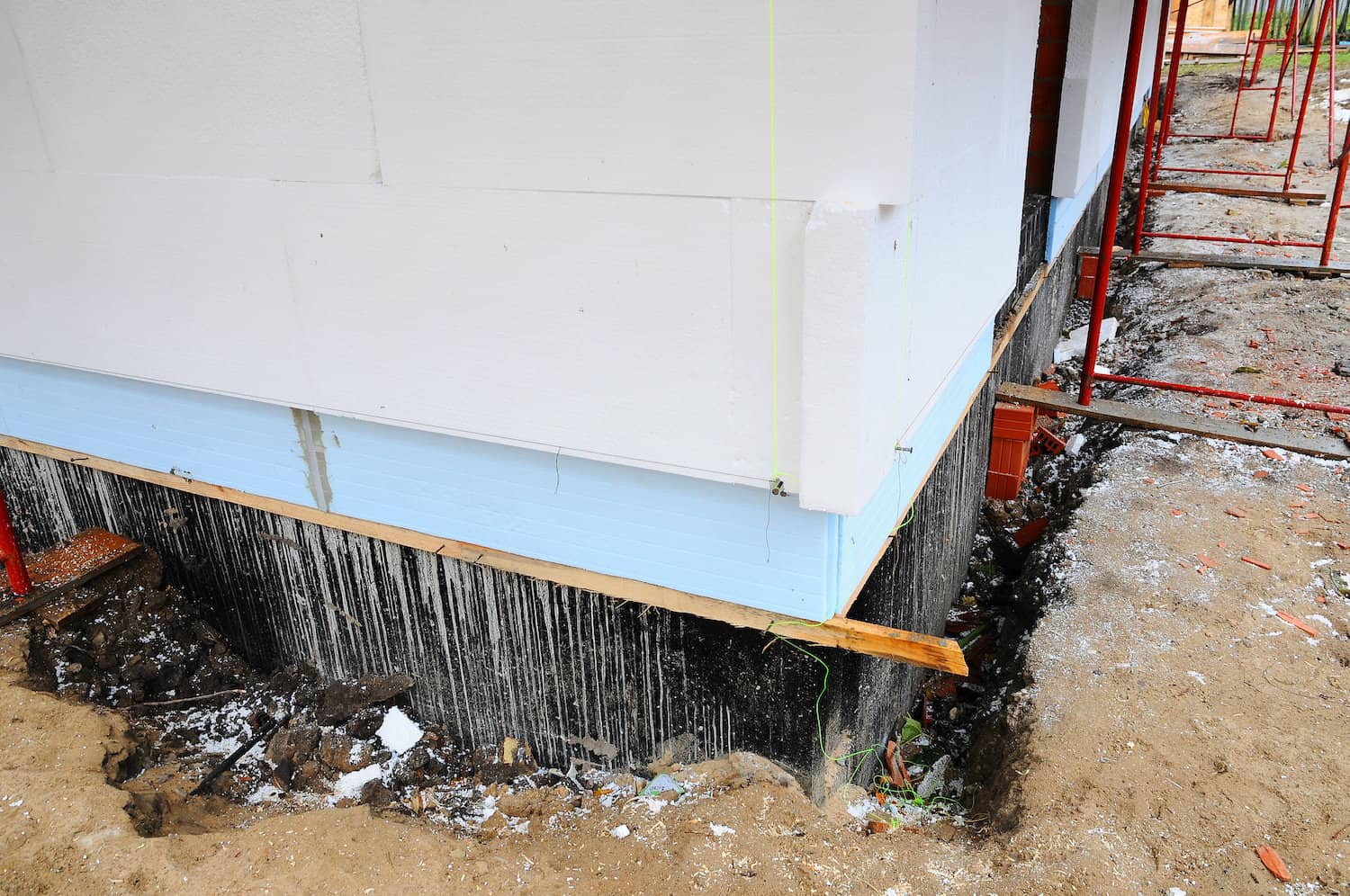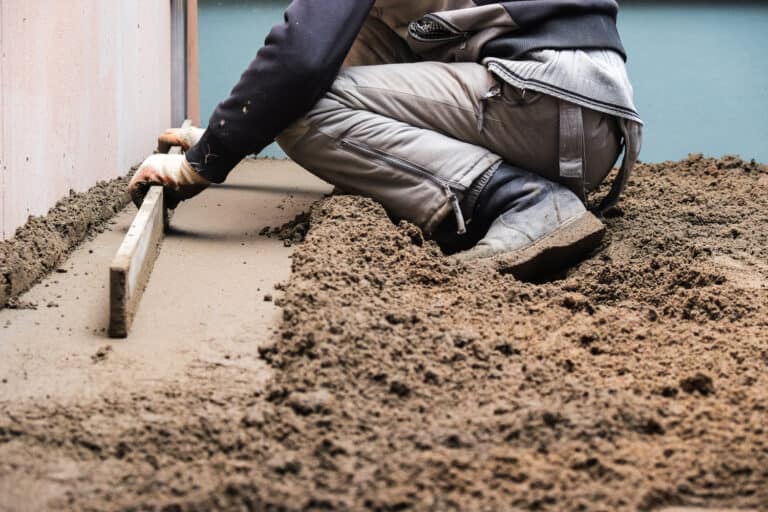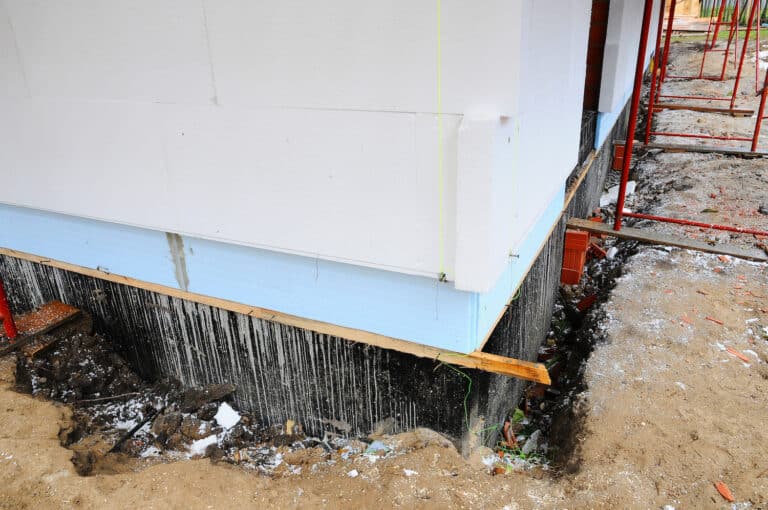Your foundation serves as its base, providing support and stability. Over time, various factors like changes in soil moisture, poor construction techniques, or natural disasters can cause damage to the foundation. These issues can lead to uneven floors, doors and windows that don’t close properly, or even structural damage.
Regularly inspecting your property for signs of foundation problems, such as large stair-step cracks in the walls or sloping floors, can help you identify potential issues before they become major concerns.
There are several methods used in foundation repair, depending on the severity of the problem. Some common techniques include underpinning, slabjacking, or installing piers and beams to stabilize the foundation.
It’s important to consult with professionals who specialize in foundation repair to assess the situation and determine the most appropriate course of action. They have the expertise and equipment needed to provide effective solutions tailored to your specific needs.
Common Causes of Foundation Damage
By being aware of these common causes, you can be prepared to address any potential issues with your foundation right away. New construction, plumbing problems or living in an area that experiences any of the following conditions will require frequent inspections.
- Poor soil conditions, such as expansive clay, can lead to foundation issues.
- Water damage, whether from flooding or plumbing leaks, poses significant risks to the foundation’s stability.
- Improper construction practices and the use of inadequate materials can weaken the foundation over time.
- Changes in soil moisture content, such as prolonged drought conditions, can also have adverse effects on the foundation.
- Heavy rains and freezing temperatures can cause severe damage to the foundation structure.
Signs Your Foundation Needs Repair
By recognizing these following indicators, homeowners can take the necessary steps to address the problem quickly and ensure the stability of their homes. Acting quickly will preserve the structure of your home and save money on potential repairs.
Exterior Signs Your Foundation Needs Repair
- Cracks in the foundation, walls, or concrete.
- Visible gaps between walls, windows, or doors and the foundation can also indicate foundation damage.
- Bulging walls or walls that are starting to lean are red flags for potential foundation problems.
- Chimneys pulling away from the home’s structure may be a sign of foundation issues.
- Uneven, sloping, or sunken concrete around the perimeter of the home can be evidence of foundation damage.
Interior Signs Your Foundation Needs Repair
- Uneven or sloping floors, particularly in the middle of your house, may be an indication that your foundation is in need of repair.
- Multiple or recurring cracks in the walls could also be a sign of foundation damage.
- Pay attention to doors and windows that stick or no longer close properly, as this could be an indication of underlying foundation problems.
- Gaps between the walls, ceiling, or floors, such as cracks or separations, may point to foundation issues.
- Sagging or bouncing floors, especially on the upper levels of your home, could be a sign that your foundation needs attention.
Steps Involved in Foundation Repair
To understand what needs to be repaired, the foundation repair process begins with measurements. Using a tool, evaluators take various measurements across the inside of a property to determine how much movement has taken place and where. More professional, seasoned foundation repair companies will also take into account the landscaping and bodies of water around the property to see if they have had any effect on the foundation.
Once a repair plan has been established, the next step is the installation of supports, which can include hydraulic jacks or steel piers to provide stability to the foundation. Once in place, the raising process slowly lifts the sunken areas of the home to the proper elevation. Finally, after the repair process, the foundation will be level once again. The side of the foundation that was repaired should be stabilized and not suffer from further movement. Keep in mind: soils will continue to move under your home’s foundation so any parts not lifted during the repair might still see some shifting.
Different Techniques Used in Foundation Repair
When it comes to foundation repair, there are various techniques that can be used to stabilize and restore the integrity of a home’s foundation.
One common method is the pressed pile method, which involves using concrete piers that are pressed into the soil to create a stable foundation support system. Another technique is the use of steel piers, which provide additional support to sunken portions of the home. Hydraulic jacks are also commonly used in the foundation repair process to raise the foundation to the proper elevation. The specific support system types, such as tension of the pile, vary depending on the engineering terms of the repair plan.
What to Expect During the Repair Process
During the repair process, the foundation contractor evaluates the extent of the damage and plans the repair accordingly. This involves determining the support locations and installation process. Using techniques such as hydraulic jacks or steel piers, the contractor slowly lifts the sunken portions of the home to the proper elevation. The foundation is continuously monitored and elevated to ensure stabilization. The goal is to address the foundation damage and prevent further movement or structural issues in the home. With the expertise of the contractor and the use of different foundation repair methods, the home is restored to an elevated position.




